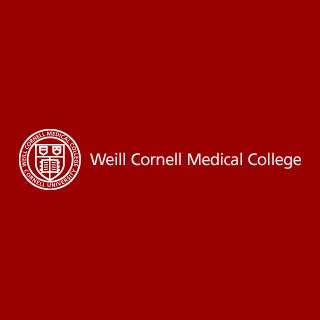
The findings apparently involve structural studies of how the inhibitor molecules supposedly cooperate with bacterial proteins, and may result in the design of new anti-TB drugs.
Dr. Carl Nathan, senior author and chairman of the Department of Microbiology and Immunology, R.A. Rees Pritchett Professor of Microbiology and director of the Abby and Howard P. Milstein Program in Chemical Biology of Infectious Disease at Weill Cornell Medical College, commented, “We believe these findings represent a new approach for developing antibiotics in the fight against TB. This is important because we are running out of effective antibiotics that are currently available. There are few drugs that successfully combat TB in its dormant stage, which makes the bacterium so resilient in the body. More important, there are many antibiotics that kill bacteria by blocking the synthesis of proteins, but there are none that kill bacteria by interfering with protein breakdown, as we have found here.â€
About one in three people worldwide are apparently infected by Mycobacterium tuberculosis, the bacterium that may cause TB. Since the bacterium is apparently kept in check, most of the people supposedly remain symptom-free. Compounds like nitric oxide are supposedly produced by the cells. The scientists are of the opinion that these compounds could damage or destroy the bacteria’s proteins. If they may be allowed to accumulate, then the spoiled proteins may destroy the bacteria.
But TB bacteria could have a method to eliminate the damaged proteins which is a protein called as proteasome. By breaking down damaged proteins, the proteasome may let the bacteria to remain inactive, and could probably go on to cause active TB. Finding drugs to hinder the proteasome could be a novel technique to combat TB.
The researchers apparently undergo various difficulties in order to develop proteasome-inhibitor drugs. Human cells may also possess proteasomes, which could be important for their survival. To be effective, the drugs may have to particularly aim the TB proteasome without badly affecting the human protein-cleanup complex.
Approximately 20,000 compounds for TB proteasome were apparently screened by the Weill Cornell team for inhibition activity. They apparently recognized and produced a group of inhibitors, which they then supposedly tested for their capability to hold back the proteasome within the mycobacteria. The compound’s effect on monkey epithelial cells and human immune system cells in culture were also apparently tested. The screening was supposedly conducted at the High Throughput Screening Resource Facility, a jointly funded alliance between Weill Cornell Medical College and Rockefeller University. Dr. Haiteng Deng, director of the Proteomics Resource Center of Rockefeller University, apparently assisted in analyzing the mechanism of inhibition.
A chain of related compounds were designed by Dr. Lin. These compounds were apparently produced in the Milstein Chemistry Core Facility at Weill Cornell. It apparently proved to be efficient against the TB bacteria while demonstrating no obvious toxicity to mammalian cells. In addition, the compounds claimed to apply no antibacterial activity against a range of other bacteria, signifying that they seem to have a high degree of specificity for the TB microbes. Moreover, the inhibition of the TB proteasome may be permanent and around 1,000-fold more effective than the slight inhibition which was supposedly observed against human proteasomes.
The atomic-level crystal structures of TB proteasomes following exposure to the inhibitors were apparently determined by Dr. Huilin Li, co-author and biophysicist from Broohaven National Laboratory in Upton, New York, and his group to study more and verify the inhibitory mechanism and the foundation for its species selectivity.
The inhibitor molecules may block the proteasome’s capability to disintegrate proteins in more than one method. This may be by generating a direct chemical change to the proteasome active site, and by apparently changing the conformation of the ‘pocket’ into which protein fragments might attach before being disintegrated. This was apparently exposed by the structural studies.
Li mentioned, “This conformational change constricts the pocket to the point that it cannot accommodate a protein substrate. The many amino acid residues of the TB proteasome involved in this conformational change, some far away from the active site, are different from those in human proteasomes. This might explain why such dramatic inhibition is not observed in the human proteasome, as the human enzyme may not be able to undergo the same structural change.â€
A thorough awareness of the steps by which these inhibitors might cause the conformational changes may thereby steer the design of the next generation of anti-TB drugs.
This research was published in the Journal Nature.
